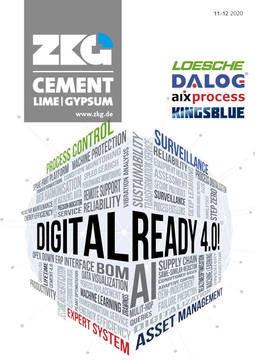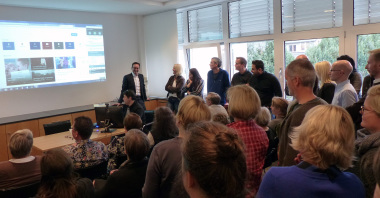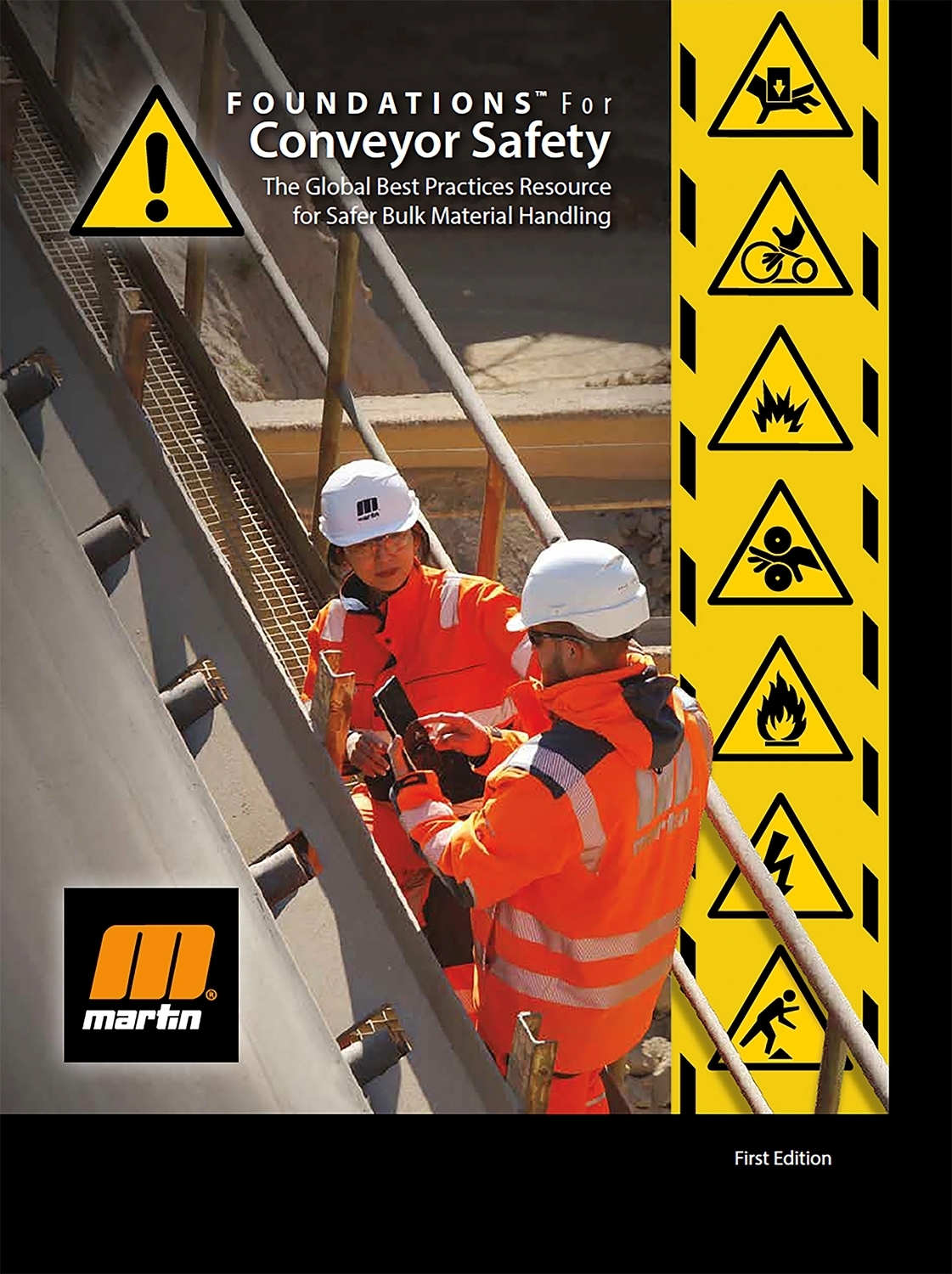Lean and agile leadership
Managers play a key role in anchoring a culture of continuous change and improvement in companies. Accordingly, their competence should be developed systematically.
In recent years, many companies have started projects to
shift more competencies and decision-making powers to the operational level and
to anchor the pursuit of quality in the minds of the employees
One overriding goal has always been: The company should react faster and more flexibly – or in other words, more “agile” – to changes in the market and customer requirements.
Unfortunately, however, many projects that ultimately aimed to change the corporate culture found that, after some time, the companies realized: Now we have trained our employees in the use of lean methods and tools, for example. But unfortunately, the hoped-for results have not materialized. Although selective improvements were made, no fundamental change took place in our organization.
One reason for this is that many companies underestimate at first,
the effort it takes to bring about a cultural change in an organization, and
how much perseverance and patience is needed until a new mindset is created among the employees and this mindset has become firmly established in their minds.
Creating a new corporate culture
When starting projects aimed at creating a new corporate culture, companies often cherish the illusion: To achieve the desired goals, it is sufficient to implement the necessary instruments and to train selected employees in how to use them. Many companies have recognized that this is an illusion. Therefore, they are looking for new ways to achieve the goal of creating a culture of continuous change and improvement in their organization. Because there is no way around this.
Also for the following reasons: In many companies today, the need for change and innovation is so great that it can no longer be satisfied in top-down projects alone – partly because employees are increasingly working in network-like structures. So the initiative for innovation and the production of quality must shift to the divisional and process level.
The same applies to the learning and development needs resulting from the need for change. They are often so large and varied that they are increasingly difficult to meet with centrally organized personnel development measures. Therefore, the initiative to build up the competence required to produce quality must also shift more strongly to the process level.
Employees must become “self-developers”
Many personnel managers recognized these lines of development years ago. And under the keyword Employability they formulated the thesis: Employees must become self-developers. That means they must learn,
to identify for themselves where there is a need for development, and
to satisfy this either by themselves or with self-organized support
And the operational managers? They must mature into personalities who promote these learning and development processes among their employees and thus contribute to the fact that
the performance of your division is continuously increasing and
the company can react faster to changes
This is why many companies have now anchored the following in their management guidelines: Our managers should be coaches of their employees. In other words, they should promote development processes among them and thus contribute to ensuring that they continue to have the necessary competence in the future.
This is a correct approach. However, it usually leads to an additional burden on managers. This is because they are often not sufficiently qualified for this task, and their employees often have not yet internalized the awareness that they need to continuously develop their skills.
As a result, managers still have a lot of persuading to do in their everyday work. They also have to regularly intervene to correct and support employees because their performance no longer meets requirements. Or to put it another way: Striving for a continuous improvement in competence and thus quality is not yet a stable process. It must be initiated anew at all times. This requires a great deal of time and energy on the part of managers and forces them to feel overloaded.
Lean leadership: a possible solution
Some companies have recognized this connection. That is why they are fine-tuning personnel and management development concepts that solve this dilemma. They often use the Lean Leadership Development model as a guide. This model distinguishes four levels of competence development for managers:
Level 1: Developing yourself as a leader. This is based on the assumption that in the future, a core competence of managers will be to reflect on their own behavior and actions and to systematically increase their own performance.
Level 2: Coaching and developing other people. The second level of competence consists of the ability to develop other people as managers in such a way that they in turn acquire the competence to reflect on their own behavior and actions and initiate their own learning processes.
Level 3: Supporting daily self-improvement (Kaizen). This is about aligning groups of employees (teams, departments, divisions) in one direction and ensuring the continuous improvement process.
Level 4: Create a vision and agree on the goals. Ideally, all managers and the entire organization are involved in the final development stage. Now it is a matter of overcoming “silo thinking” and coordinating all activities in such a way that the overriding corporate goals are achieved.
Companies hope that management development based on this competency model will increase their organization‘s innovative strength; in addition, it will successively lead to a reduction in the workload on managers – to the extent that their employees develop the competency to independently reflect on their behavior and actions and to develop themselves.
On the way to a learning, agile organization
In addition, companies hope that this will increase their agility in the medium term. They consider this necessary because they, and thus also their managers and their departments in the VUKA world, are constantly faced with new challenges – due to the many changes that are taking place in the company and its environment.
In order to cope with these changes in a timely manner, more and more companies are striving for greater agility and are demanding that their managers manage their employees in an agile manner. This is often overlooked: Such a management style, which is largely based on self-organization and personal responsibility, requires a certain degree of maturity on the part of both employees and managers. In fact, only employees can be managed in an agile way without reservations in everyday operations,
who already have a high routine in accomplishing their tasks and have the right level of commitment, and/or
who are integrated into team structures, which support them in compensating for any remaining technical and motivational deficits
All others need support. The same applies to agile teams. They also require a certain degree of maturity of the members. And this is what companies and their managers must first develop in their employees and teams.
The Lean Leadership Development Model offers a suitable approach for this purpose, as it first of all applies the lever to the managers who are to act as coaches or enablers and empowerers of their employees when developing the corporate culture.
makes employees aware that the need to change and to review their own patterns of thought and action will be an integral part of their everyday work in the future, and
successively strengthen their self-confidence “Somehow I‘ll manage it”, so that they tackle new challenges courageously and acquire the necessary skills independently
This gradually builds up the competence among employees and teams that is necessary for agile, i.e. flexible and largely autonomous work. In addition, a culture is gradually established in the company in which the pursuit of improvement is at the heart of individual and collective action.







